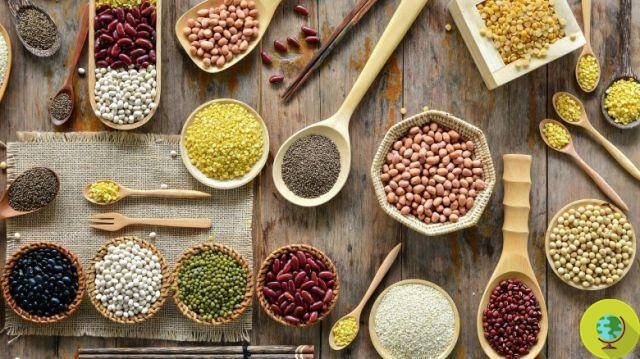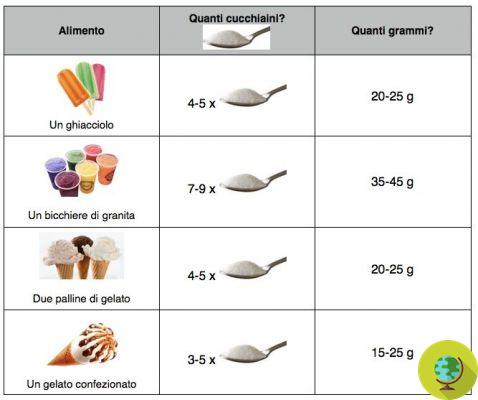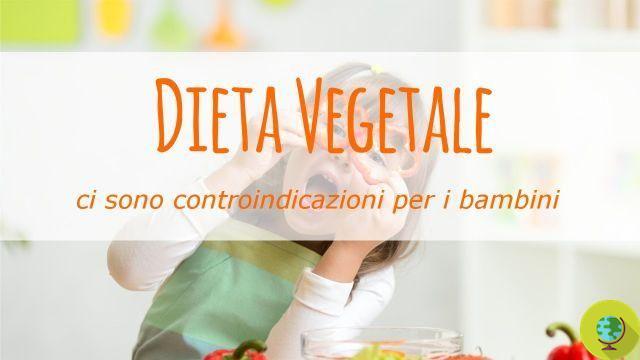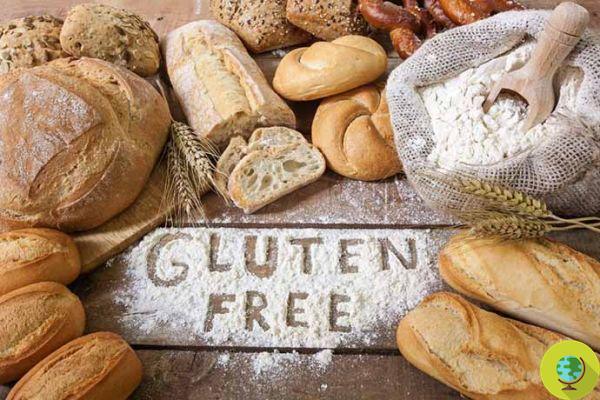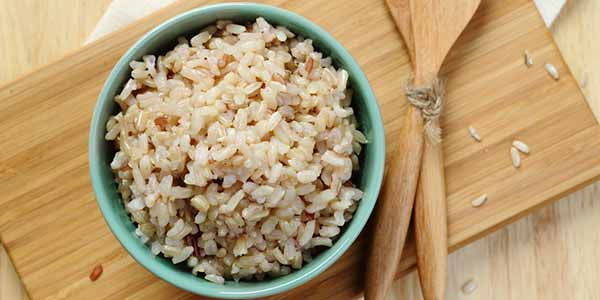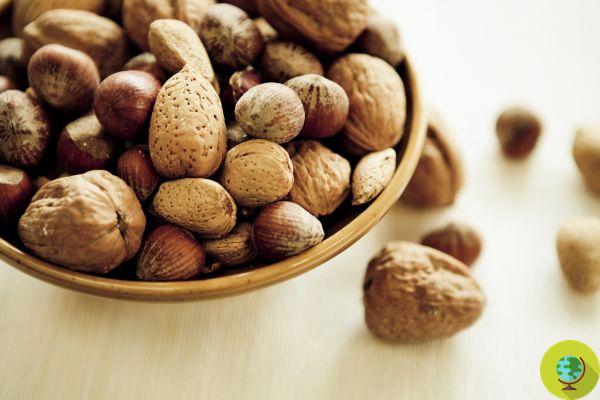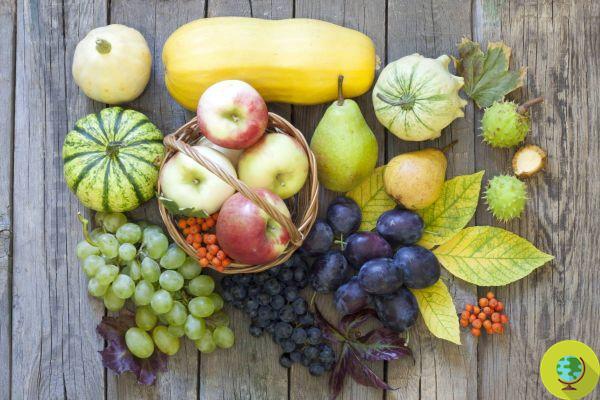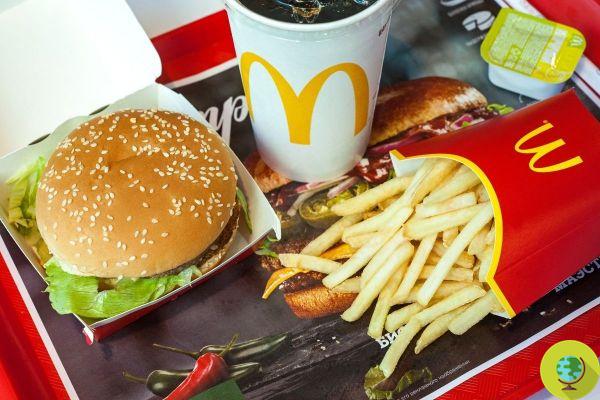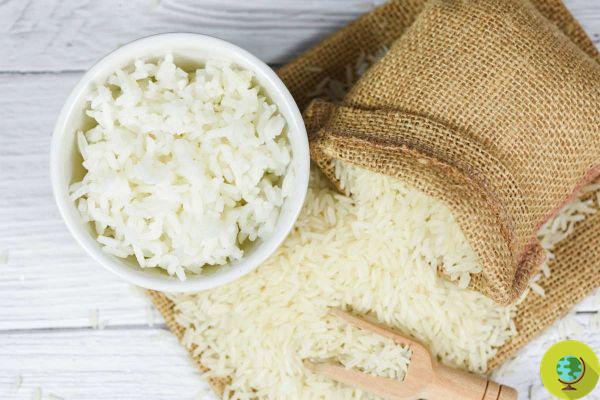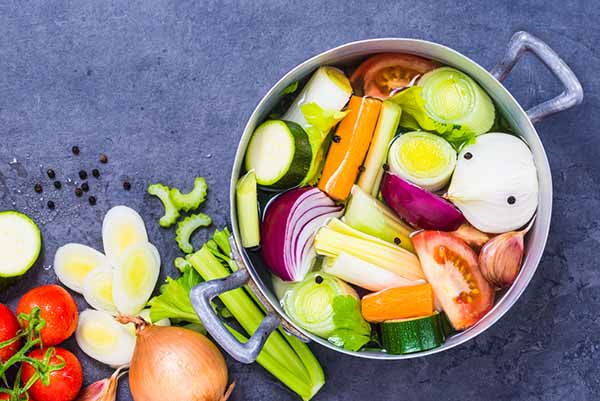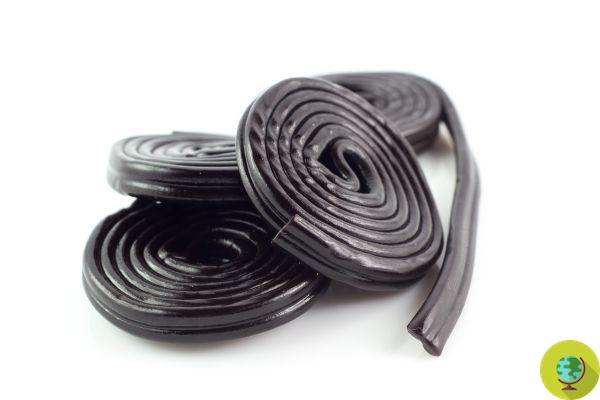Eating in a balanced way, we always tell you, is one of the keys to long-term well-being. However, the importance of combining foods well with each other is often underestimated in order to ensure better assimilation of nutrients (vitamins, salts, minerals, etc.), reduce the glycemic load of foods and avoid the appearance of gastro-intestinal problems. .
Don't store avocado like this: it's dangerous
Eating in a balanced way, we always tell you, is one of the keys to long-term well-being. However, thethe importance of combining foods well between them in such a way as to guarantee a better assimilation of nutrients (vitamins, salts, minerals, etc.), reduce the glycemic load of foods and avoid the appearance of gastro-intestinal problems.
But why is it so important know the right food combinations and follow them as much as possible at the table? What are the benefits for the body? We asked the Dr. Alessandro Targhetta, homeopathic doctor and expert in food intolerances.
First of all there is a small premise to make on dissociated diet which is the basis of the theory of food combinations. This was devised by William Hay in the 80s but it was especially in the 90s that it achieved great success. Today his theories come back to the fore also given the spread of food intolerances.
Dr. Targhetta explains that the dissociated diet is:
"A diet in which carbohydrates, proteins and fats are taken separately which helps to better digest and assimilate the various nutritional principles. In the stomach, proteins need an acidic environment to be digested, while carbohydrates need an alkaline environment, so they are two very different gastric environments! Digesting well not only means not suffering from gastritis and colitis, but also maintaining good health for a long time ”.
According to Hay, meals throughout the day should follow the following pattern:
Breakfast: fresh seasonal fruit, yogurt, green tea or coffee
Lunch: brown rice or pasta or wholemeal bread or potatoes cooked in their skins, cooked vegetables or salad with extra virgin olive oil, a sweet fruit
Price: vegetable soup, meat, fish, eggs, cheese or legumes, fresh raw or cooked vegetables (no potatoes) a sour fruit.
Doctor Targhetta then suggests us 4 rules to keep in mind when we prepare our meals:
1) Carbohydrates should not be eaten with proteins (pasta and meat) e sour fruit (agrumi, kiwi, pineapple, etc.)
2) Most of the diet should consist of vegetables, salads and fresh and dried fruit. Alkaline foods (fruits and vegetables) must be taken in quadruple quantities compared to acidic foods (pasta, bread, animal proteins, etc.)
3) to sour fruit (agrumi, pineapple, kiwi, etc.) it should not be associated with sweet fruit (persimmon, bananas, figs, plums, etc.).
4) Meals, consisting of dissociated foods, must be consumed at least 4 hours apart from each other.
Going more specifically, here are some examples of the right combinations between foods and some combinations that must be avoided:
“In general, vegetables can be combined well with both carbohydrates (pasta and turnip greens, courgette risotto) and proteins (slice of beef with salad). Carbohydrates (pasta, bread, etc.) must never be associated with animal proteins (beef, pork, chicken, etc.), as in the typical pasta with meat sauce, but can be associated instead with vegetable proteins, such as legumes (pasta and beans, rice and peas), since the latter are both rich in vegetable proteins than carbohydrates. Cheeses, better if seasoned, go well with carbohydrates (pasta with cheese and pepper, sandwich with cheese) and not with meats.
Dr. Targhetta also confirms that it is better not to associate proteins of different origin: for example eggs and meat or legumes and meat since the digestibility of proteins could be affected.
And about vegetables: do these plant-based foods go well with everything?
"Vegetables except starchy ones (potatoes, squash, carrots, etc.) can be consumed together with proteins and carbohydrates".
For fruit, unlike what Hay recommended (who in any case evaluated and combined sour fruit from sweet fruit differently), Dr. Targhetta suggests not to consume it never after meals. He explains that it combines badly with animal proteins (therefore wrong the combination of melon and ham). It is therefore advisable to consume fruit on an empty stomach between meals or at breakfast, but never in the evening.
Read also: FRUIT WITH SKIN OR WITHOUT? ADVICE FROM THE EXPERTS
Regarding the time they consume certain foods, we asked Dr. Targhetta if they exist foods more suitable to be eaten for lunch rather than dinner and vice versa. He replied like this:
“Most nutritionists recommend a carbohydrate meal for lunch and a protein-based dinner, others the opposite. In any case, carbohydrates should always be eaten after a plate of seasonal mixed raw vegetables lower the glycemic load of the meal, while proteins can be consumed together with vegetables, preferably cooked. Carbohydrates better if whole and proteins better if vegetable ".
What problems can arise with the wrong food combination?
“Many digestive disorders: gastritis, colitis. Often there is a bad digestion with drowsiness, a circle in the head, a heavy stomach after meals ".
Did the theory of food combinations intrigue you? Here are some cards that there may be useful for planning your meals in the best possible way:
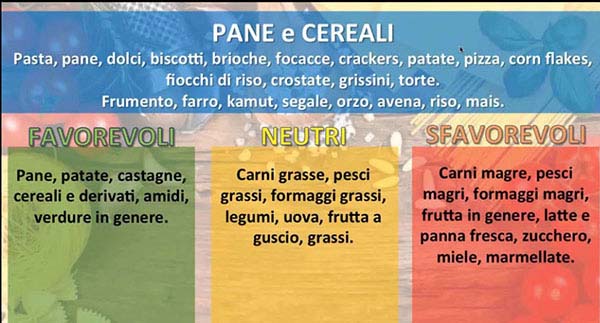
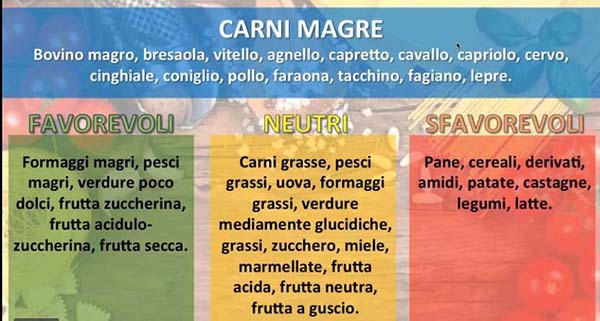
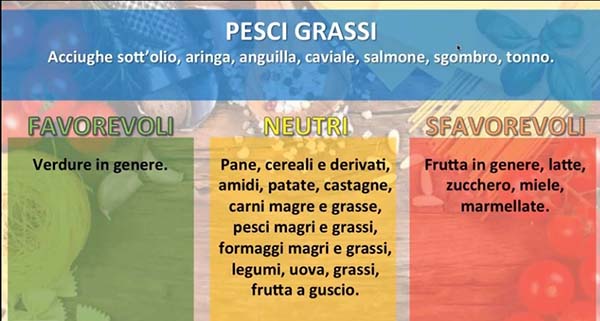
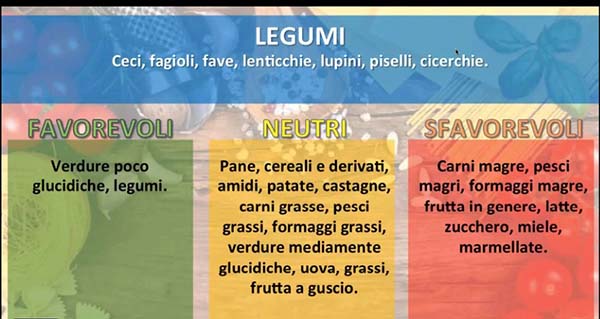
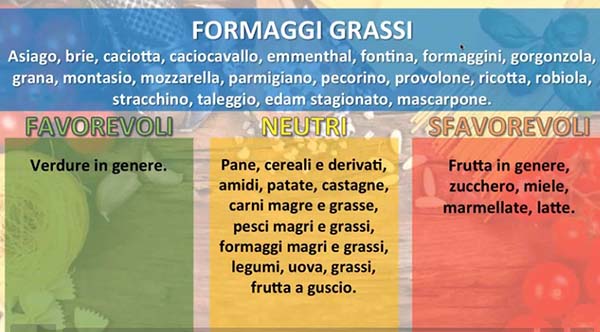
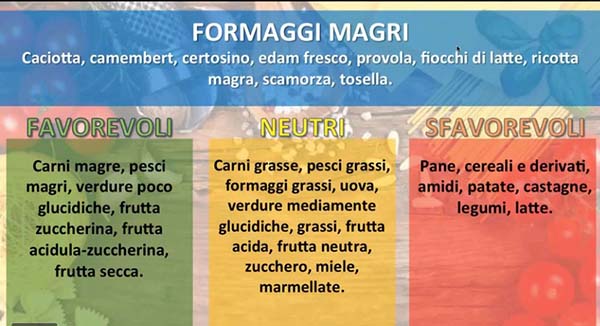
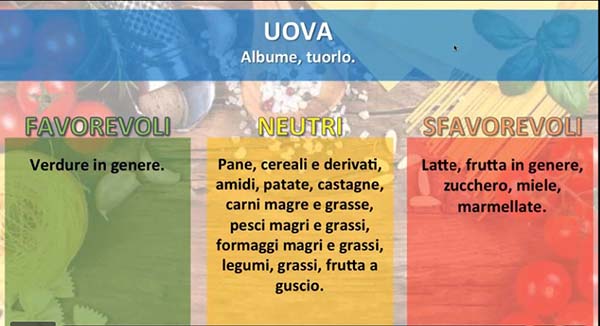
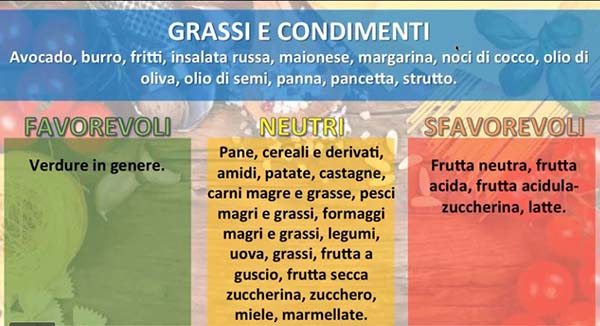
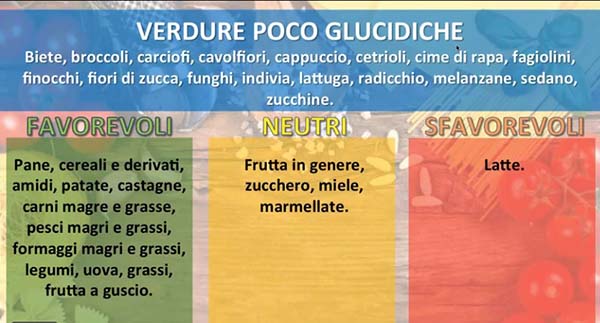
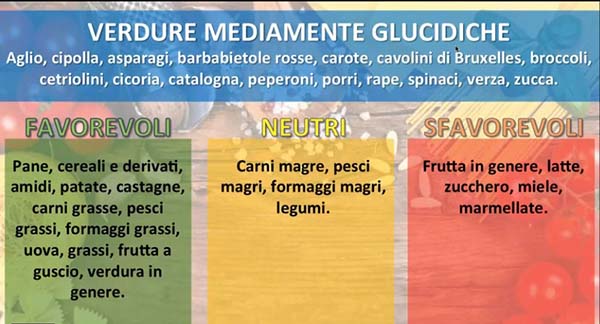
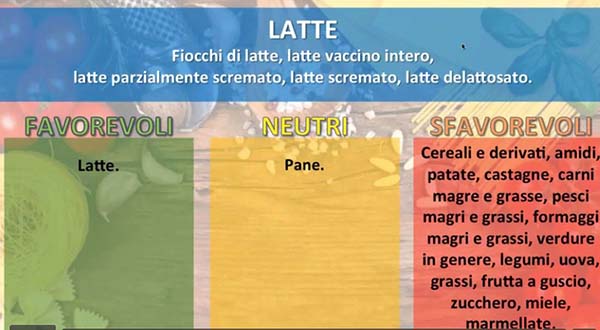
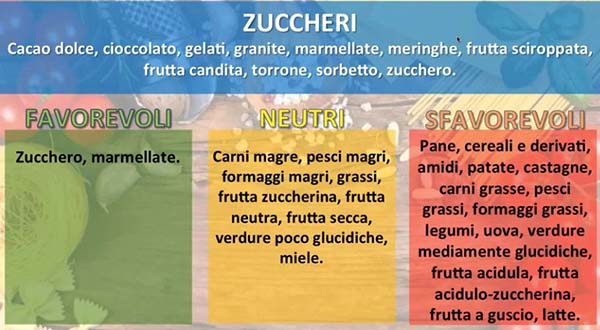
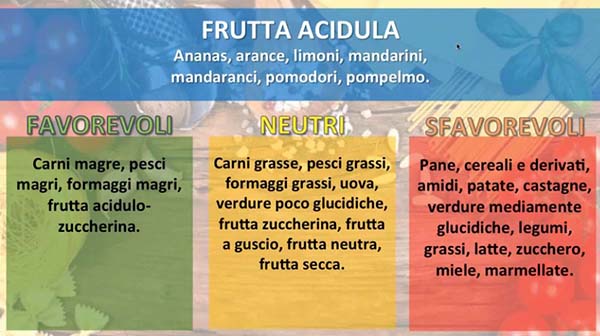
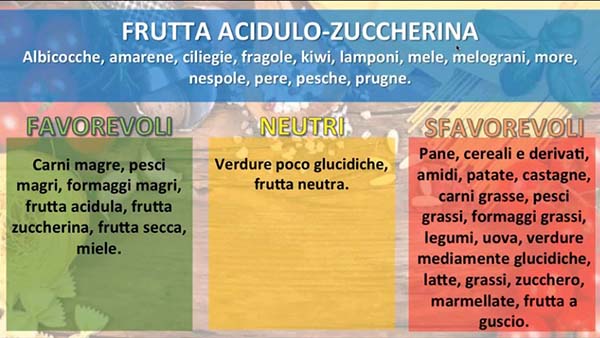
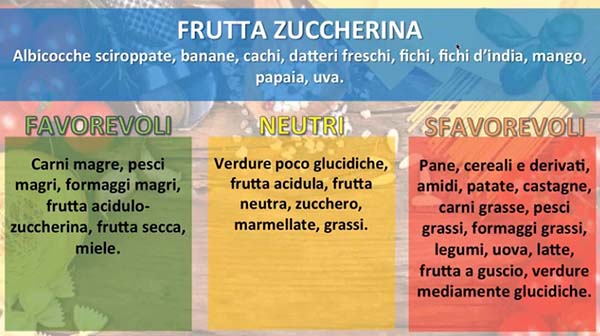

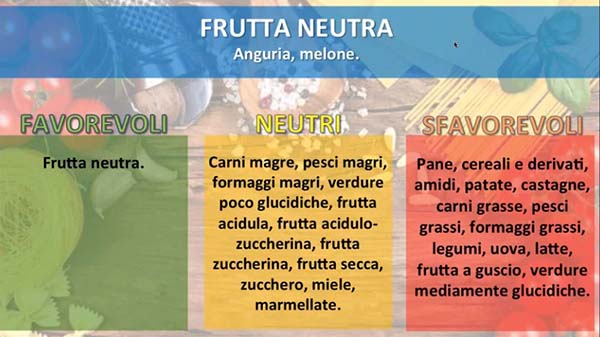

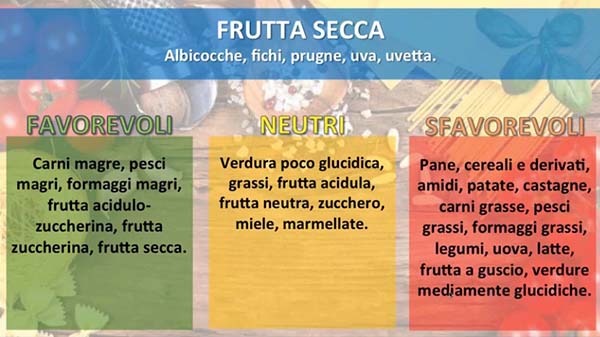
We advise you to try at least for a while to follow this eating pattern to see for yourself the results you get.




